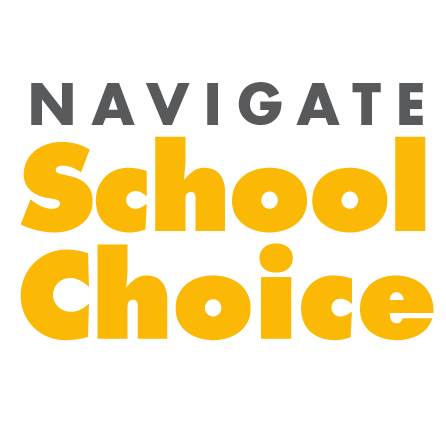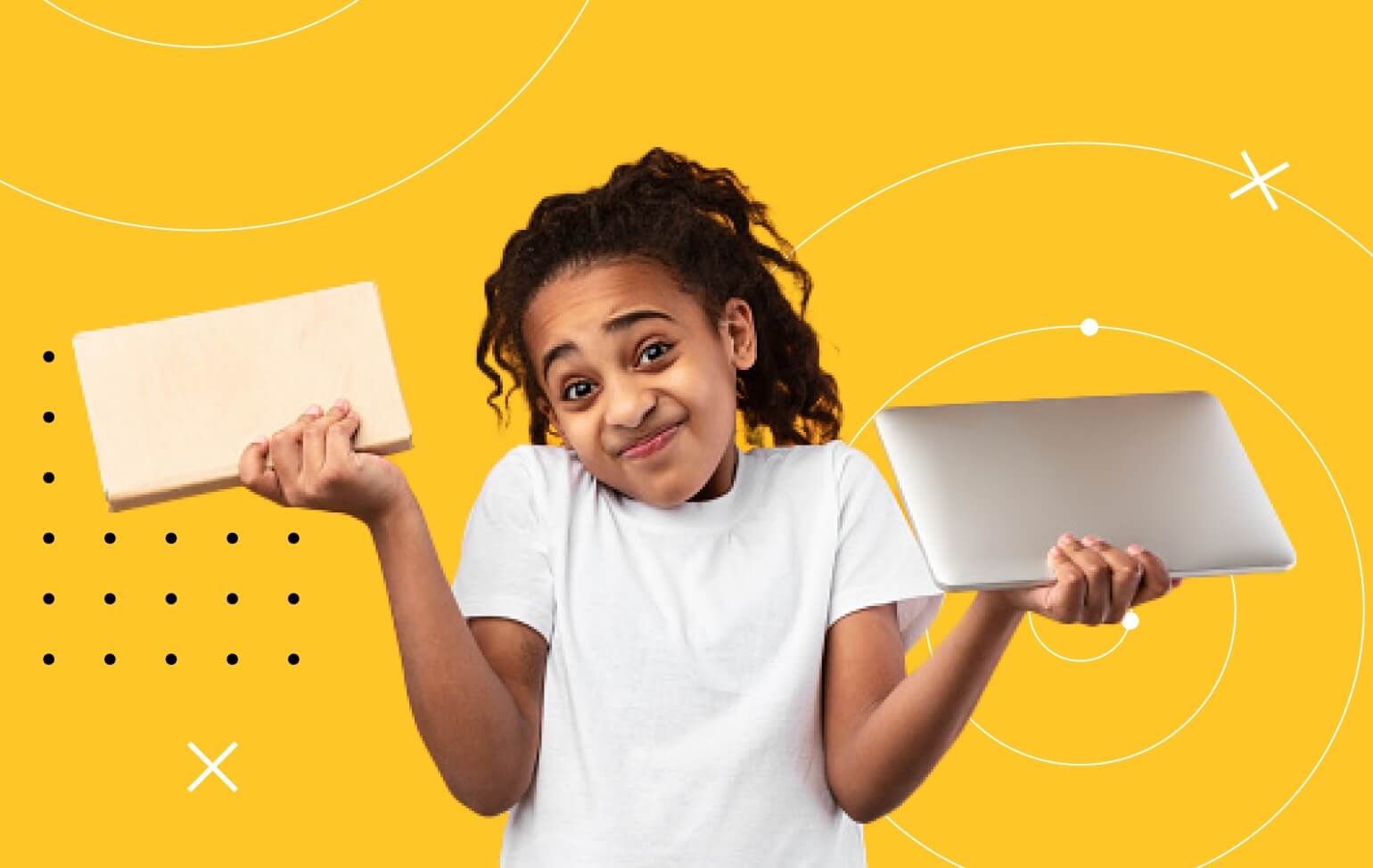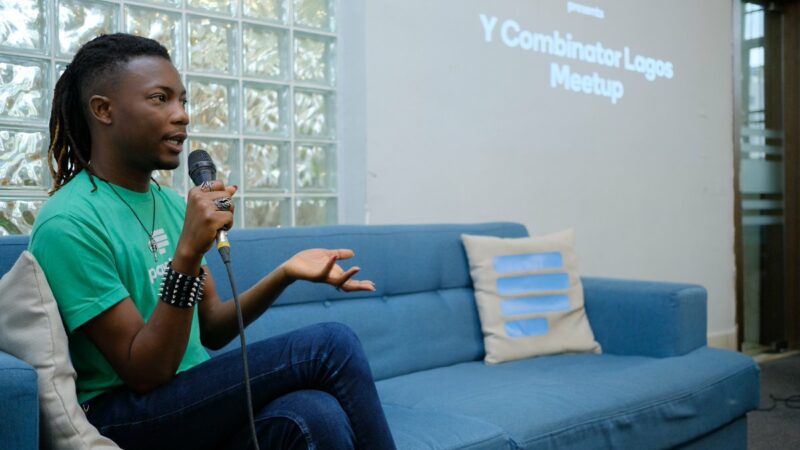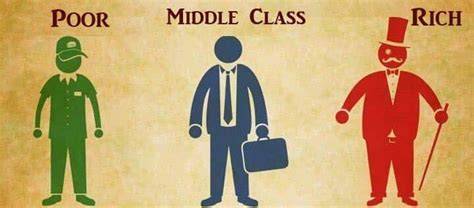Education Choices: Navigating Public, Private, and Online Schools

Parents rarely admit how heavy the question feels until they are in the middle of it: Where should my child go to school? It sounds simple enough, the kind of decision adults are expected to make without fuss, yet it lingers quietly in conversations, resurfacing at family gatherings, in car rides, and in those late hours when the house finally settles into silence.
The choice between public, private, and online schooling isn’t just about classrooms or tuition receipts, it is about trust. Trusting a system to nurture a child’s curiosity. Trusting teachers to see the potential that parents see at home.
Trusting an environment to be safe, fair, encouraging, and steady. And in a world where everything feels like it shifts faster than we can keep up, the weight of that decision lands differently on each family. Some look for structure, others for flexibility; some hope for a spark of discipline, others for a touch of softness.
What becomes clear, as parents talk and think and pace through their options, is that this decision is never just academic. It is emotional, financial, and deeply personal, shaped by dreams, fears, sacrifices, and the quiet wish that whatever choice is made, it will help a child walk confidently into their future.
Families weigh countless factors. Some prioritize affordability, others prestige or curriculum standards, while others seek flexibility through online education. Each choice carries trade-offs that can affect a child’s academic growth, social development, and future opportunities.
Public Schools: Accessibility and Limitations
Public schools remain the most accessible option for many families, offering tuition-free education funded by government resources. They provide essential services, standard curricula, and the opportunity for children to interact with a diverse peer group.
However, public schools often face challenges such as overcrowded classrooms, limited infrastructure, and under-resourced facilities. Teacher-student ratios may be high, impacting individual attention and learning outcomes. Safety, while generally adequate, can vary depending on local management and supervision practices.
For families relying on public schools, involvement in school activities, monitoring progress, and supplementing learning at home often become crucial strategies to ensure a balanced education.

Private Schools: Prestige, Investment, and Pressure
Private schools are usually seen as offering higher-quality education, smaller class sizes, and enhanced resources for extracurricular activities. Many parents view private education as an investment in their child’s future, often associating it with better academic outcomes and opportunities for scholarships or higher education abroad.
Yet private schools come with steep costs. Tuition fees can be prohibitively high, and additional charges for uniforms, transport, and activities increase the financial burden. Some private schools also place intense academic pressure on students, with rigorous curricula and high expectations that can impact mental health if not managed carefully.
Parents considering private schools often balance financial commitment with perceived educational benefits, sometimes making sacrifices in other areas of household spending.
Online and Hybrid Learning: The New Frontier
Online learning has gained significant traction, accelerated by global events and technological advancements. Virtual classrooms, hybrid models, and digital platforms provide flexibility, allowing students to learn at their own pace and access a wide range of courses.
Online schools can supplement traditional education, offer specialized subjects, or provide full-time curricula for students unable to attend in-person classes. They often include interactive tools, adaptive learning systems, and access to international resources.
However, online learning requires reliable internet, devices, and a disciplined home environment. The lack of face-to-face interaction can affect social development, and parents may need to invest significant time monitoring progress and engagement.
Factors Parents Consider
Parents often weigh multiple factors when choosing between public, private, and online education:
Quality of Teaching: Credentials, teaching methods, and reputation.
Safety and Environment: Physical safety, discipline policies, and school culture.
Cost and Value: Tuition, additional fees, and long-term financial impact.
Curriculum and Opportunities: Academic rigor, extracurricular activities, and exposure to arts, sports, or technology.
Flexibility and Accessibility: Commuting convenience, schedules, and online options.
These considerations vary greatly depending on family priorities, available resources, and long-term goals.

No choice is without compromise. Public schools provide affordability but may lack certain resources; private schools offer quality but require significant financial investment; online platforms provide flexibility but demand parental involvement and self-discipline.
Some families combine approaches, sending children to public or private schools while supplementing with online classes for specialized subjects. Others rotate between schools to access different strengths, demonstrating that modern education decisions are often dynamic and multi-layered.
Education is deeply tied to social equity. Public schools aim to provide universal access, but resource limitations can create disparities in learning outcomes. Private and online schools, while offering advantages, are often accessible only to families with greater financial means.
Policymakers and educators face the challenge of ensuring quality education for all, while integrating innovation like digital platforms without widening the gap between affluent and less-resourced families. Public investment in infrastructure, teacher training, and digital access is essential to reduce inequality.
Stories from Families
For one family, public schooling provided social diversity and community engagement but required extra tutoring at home to keep up academically. Another family chose a private school for the structured curriculum and extracurricular programs, sacrificing vacation plans and discretionary spending to cover costs. A third family embraced online learning during times when in-person schooling was not feasible, appreciating the flexibility but navigating challenges in maintaining discipline and engagement.
These real-life examples highlight that school choice is rarely purely academic, it intertwines with finances, family priorities, and lifestyle considerations.
The landscape of education continues to evolve. Hybrid models blending in-person and online learning are becoming mainstream. Digital tools and adaptive learning software allow for personalized curricula, bridging gaps and enhancing engagement.
There is also growing awareness of holistic education, emphasizing mental health, creativity, and life skills alongside academics. Schools adopting this approach often combine traditional teaching with experiential learning, mentorship programs, and social-emotional support systems.
For parents, staying informed about innovations, trends, and policy changes is crucial. Schools that adapt effectively to technological, social, and economic shifts offer children better preparation for an uncertain and rapidly changing world.
Choosing the right educational path is complex. Public, private, and online schools each offer unique benefits and challenges. The decision requires careful consideration of teaching quality, safety, costs, flexibility, and long-term outcomes.
Ultimately, effective education is not just about the type of school but how families, teachers, and communities engage with the learning process. Supportive environments, active parental involvement, and access to resources play a central role in shaping children’s success, regardless of the type of institution they attend.
By understanding the trade-offs, leveraging available resources, and prioritizing holistic development, families can make informed decisions that best serve their children’s academic and personal growth.
You may also like...
Ruben Amorim's Infamous 'Storm is Coming' Warning Echoes After Man Utd's Dominant Win

Ruben Amorim's Manchester United secured a 4-0 victory over Everton at Old Trafford, yet the manager voiced profound cau...
Furious Scenes at Old Trafford: Idrissa Gueye's Red Card for Striking Teammate as Everton Down Man Utd

Manchester United suffered a calamitous 1-0 defeat against 10-man Everton at Old Trafford, missing a crucial opportunity...
John Oliver's Auction Bonanza: Over $1.5M Raised, Bob Ross Painting Sets New Record!

Late artist Bob Ross's "Cabin at Sunset" painting set a new auction record, selling for over $1 million. This sale, orch...
Wolverine Unleashed? Hugh Jackman Hints at Future Return to Iconic Role!

Hugh Jackman has retracted his vow to never play Wolverine again, revealing on "The Graham Norton Show" his evolving per...
Education Choices: Navigating Public, Private, and Online Schools

Choosing between public, private, and online schooling has become one of the most personal and complicated decisions fam...
Jason Kelce Reveals Sweet Truth About Travis Kelce and Taylor Swift's Romance

Jason Kelce shared his admiration for the impact of Travis Kelce and Taylor Swift's romance, noting how it has brought m...
Google and Accel Unleash Hunt for India's Next AI Superstars

Google and Accel have partnered to launch a first-of-its-kind global initiative under the Google AI Futures Fund, commit...
Shockwaves at Paystack: Ezra Olubi Fired Amidst Reputational Damage Claims

Paystack has terminated co-founder Ezra Olubi due to "significant negative reputational damage" caused by resurfaced dec...





